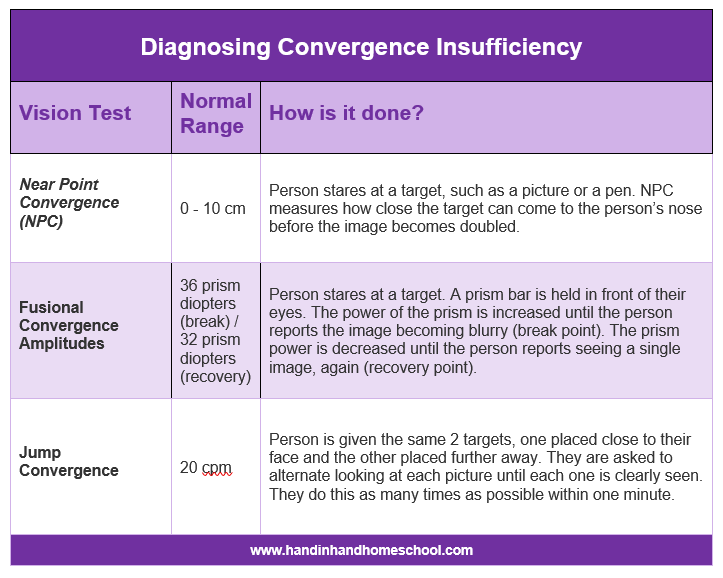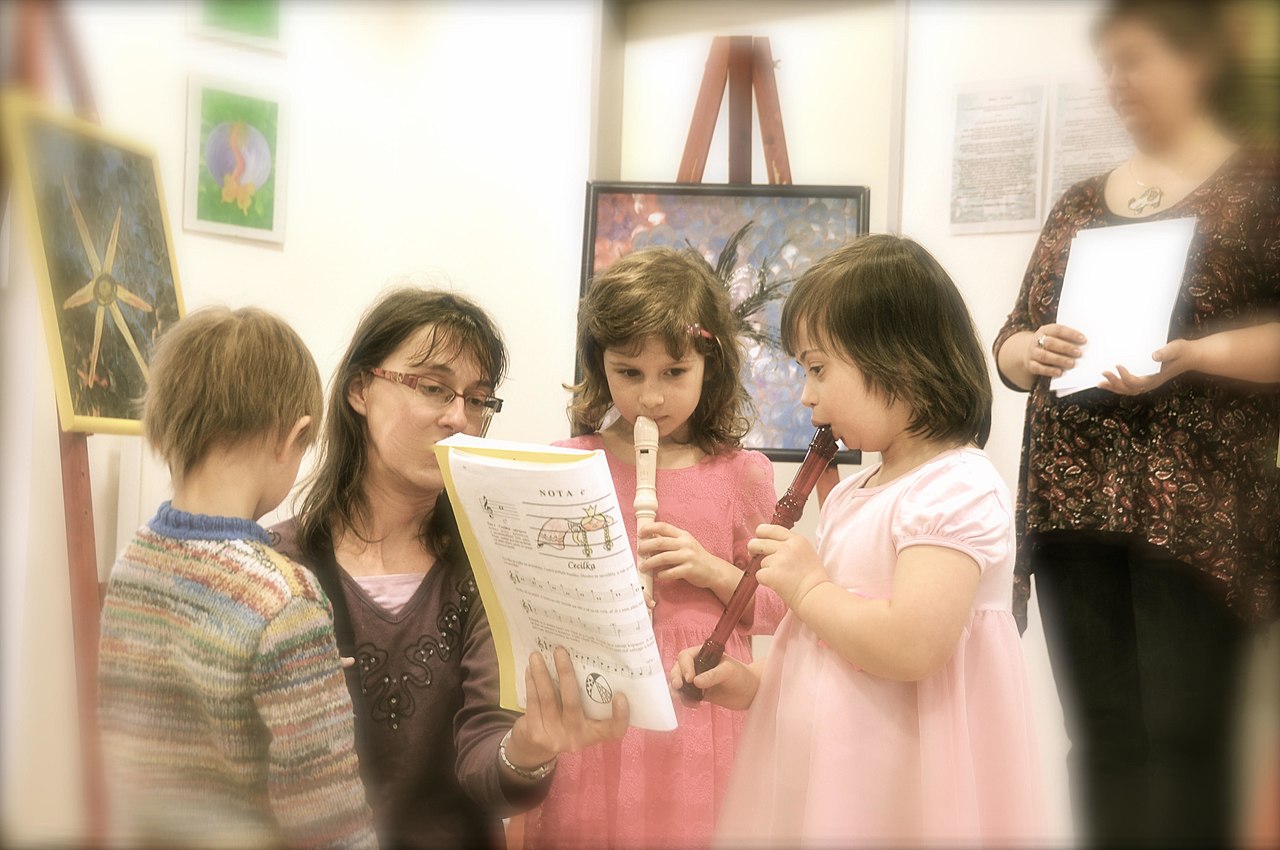Information on this page is not intended as medical advice. Concern’s about your child’s vision should be addressed with a qualified health care professional.
In a quest to find help with a child’s reading problems, many parents turn to vision specialists for answers. Google vision problems and dyslexia and you’ll find many a web page dedicated to telling you how vision therapy will lead to better reading skills. Often prescribed as treatment for Convergence Insufficiency (CI), vision therapy can become an expensive way to try to help a child become a better reader.
Convergence Insufficiency (CI) is a real vision condition, where a person’s eyes do not properly focus when looking at something close up. The underlying problem causing CI is poor muscle control around the eyes. CI is most often diagnosed in high school and college students, when reading demands increase in school.
When a student has CI, reading problems can happen, but it is not because the child has a learning disability. CI can create learning problems in a number of different ways. Some students may avoid reading because it causes headaches. Other students may fall behind because words become blurry or because the student easily loses their place on a page and eventually their ability to learn new information through reading suffers.
Tests That Diagnose Convergence Insufficiency

Does my child have Convergence Insufficiency?
A person can have otherwise clear 20/20 vision and still suffer from poor binocular vision. At the same time, Convergence Insufficiency occurs in less than 10% of people. So, how do you know if CI is a problem?
An optometrist (the type of vision doctor you find at an eyeglass store) or an ophthalmologist (a medical doctor specializing in vision) can test for CI. While there are a few tests that can be done, Near Point Convergence (NPC) is usually the test that most doctors rely on to diagnose CI.
If you are not convinced if your child has CI, ask your vision health care professional to explain the tests that were conducted. Normal NPC ranges up to 10 cm, however, just because a person’s NPC measures at 11 or 12 cm does not necessarily mean they require vision therapy.
Should you decide to try vision therapy, be certain that your child is doing orthoptic eye exercises. According to the American Association for Pediatric Ophthalmology and Strabismus, no scientific evidence exists to support the alternative use of behavioral vision therapy.
If after 3 weeks you are not seeing improvements in your child’s willingness to read – or the amount of time they spend reading before complaining of a headache, then chances are vision therapy will not help your child.
Last modified on April 19, 2020




